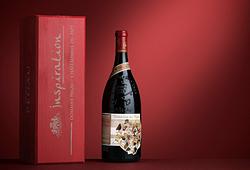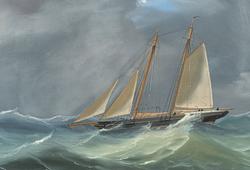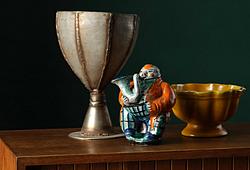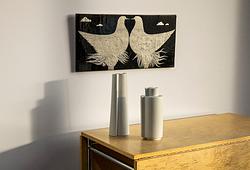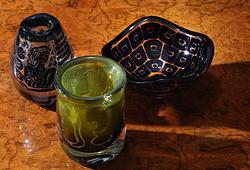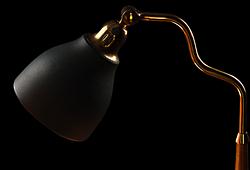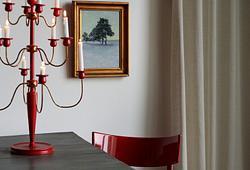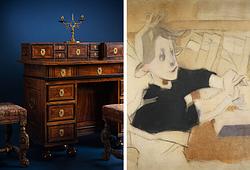Contemporary Art & Design Presents Christo Vladimirov Javacheff
Bukowskis presents the works "The Wall / Project for a Wrapped Roman Wall" and "The Mastaba of Abu Dhabi (Project for United Arab Emirates)" by Christo Vladimirov Javacheffat this autumn's live auction, Contemporary Art & Design – The largest live auction for contemporary art and design in the Nordics.
In the early months of 1974, Christo and Jeanne-Claude carried out a bold transformation of Rome's cityscape. A 250-meter stretch of the ancient Aurelian Walls, built under Emperor Aurelian in the 3rd century AD, was wrapped in polypropylene fabric and rope. Both sides of the wall were covered, as were the top and the iconic arches, three of which were open to heavy traffic and one to pedestrians. The location was well chosen, at the end of Via Veneto, one of Rome's busiest avenues, next to the gardens of Villa Borghese.
The installation was part of the Contemporanea exhibition, held in the underground garage of Villa Borghese and curated by Achille Bonito Oliva. With remarkable logistical precision, completed in just four days by some forty workers, the work remained in place for only 40 days before being dismantled and the materials recycled.

Christos' art avoids solemn or didactic interpretations. Instead, it invites the viewer to rediscover familiar forms through changed contexts. As he himself once put it: “I am an artist, and I must have courage... I believe it takes much more courage to create things that will disappear than to create things that will last.” His works, transient and self-effacing, exist ultimately in memory, preserved through preparatory sketches, models, and photographs. “The Wall / Project for a Wrapped Roman Wall” was more than an aesthetic spectacle; it was an urban spectacle that transformed one of Rome's ancient monuments. The artwork united the contemporary and the historical; by concealing the familiar, the transformed work transformed the everyday cityscape into a temporary place of wonder.
To the catalogue

The Mastaba is an art project by Christo and Jeanne-Claude that was initiated in 1977. The inspiration for the geometric shape is derived from ancient benches that originated in the first urban civilisations of Mesopotamia. The sculpture they sought to realise in the United Arab Emirates was planned to be erected in the Liwa Desert, approximately 160 kilometres south of Abu Dhabi. Christo and Jeanne-Claude had a long-standing relationship with Abu Dhabi, which commenced with their inaugural visit in 1979. The Mastaba was to be their only permanent large-scale work and their final joint project, but it was never realised. In accordance with the expressed wishes of Christo, the project is to be completed by his nephew, Vladimir Yavachev, who has worked closely with the artists for many years.
As depicted in Christo's designs, the sculpture is to be constructed with dimensions of 150 metres in height, 300 metres in length, and 225 metres in width. This renders it the largest contemporary sculpture in the world. The work consists of 410,000 coloured oil barrels that collectively form a mosaic-like pattern inspired by Islamic architecture. The construction of the structure will take a minimum of three years to complete, with the initial phase of assembly taking place on the ground before the structure is subsequently lifted into place. In order to ensure the feasibility of the project, Team Christo enlisted the services of multiple international engineering teams. The most technically sustainable solution was proposed by Hosei University in Tokyo, Japan, and this proposal was subsequently verified by a German engineering firm. A thorough investigation was conducted into the social and economic ramifications of the project on the site. As with all of Christo's works, "The Mastaba" would be financed entirely without public funds. The project's revenue will be generated from the sale of sketches and drawings, unique works such as the one presented here, and prints.n.
To the catalogue

The works will be sold at Contemporary Art & Design
Online catalogue will be published on October 9
Viewing October 17–21, Berzelii Park 1, Stockholm
Live auction October 22–23, Arsenalsgatan 2, Stockholm
Read more about Contemporary Art & Design
All works by Christo Vladimirov Javacheff at Contemporary Art & Design
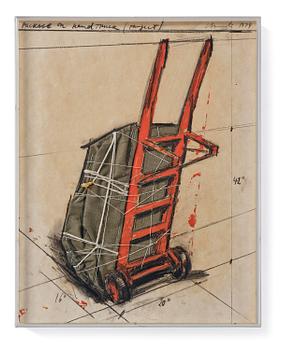
Hammer price
150 000 SEK
Estimate
200 000 - 300 000 SEK

Hammer price
340 000 SEK
Estimate
400 000 - 500 000 SEK

Hammer price
460 000 SEK
Estimate
600 000 - 800 000 SEK

Hammer price
40 000 SEK
Estimate
30 000 - 40 000 SEK

Hammer price
22 000 SEK
Estimate
20 000 - 25 000 SEK
Requests & condition reports
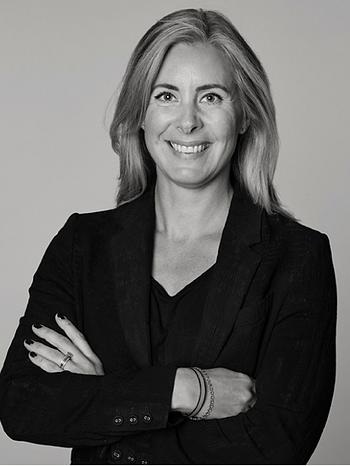
Stockholm
Louise Wrede
Head of Art Department, Specialist Contemporary Art, Private Sales
+46 (0)739 40 08 19

Stockholm
Andreas Rydén
Head Specialist, Art, Deputy Managing Director
+46 (0)728 58 71 39
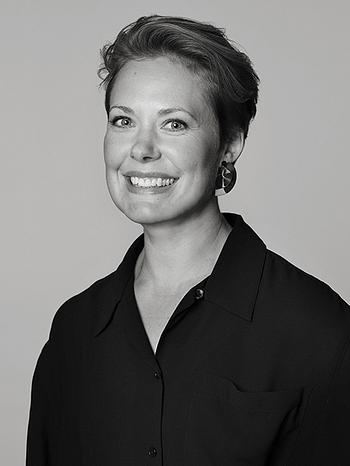
Stockholm
Karin Aringer
Head Specialist Contemporary Art and Photographs
+46 (0)702 63 70 57




